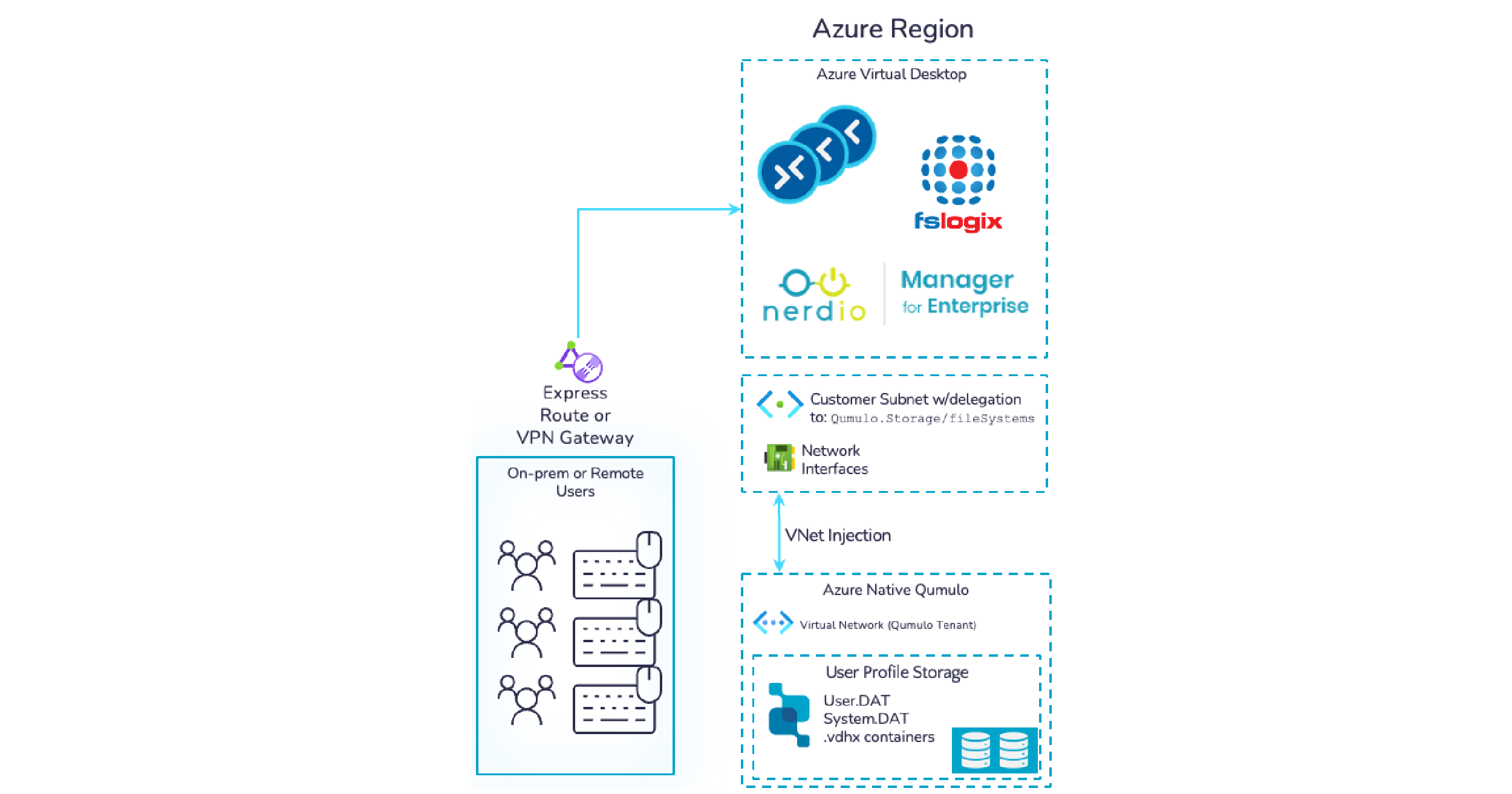In a recent webinar, I had the opportunity to chat with three of Qumulo’s customers about their experience with legacy storage from Isilon (now Dell EMC PowerScale), and why they chose to upgrade to Qumulo’s file data platform.
While each customer’s workloads varied slightly, there were some common struggles that each organization faced when dealing with Isilon. For example:
A Painful Tech Support Experience
As we discussed in a previous blog post, customer support is a frequent pain point for many organizations when dealing with Dell EMC PowerScale products. For Qumulo customers like Atlantic, which provides geospatial imaging and surveying services, it was the deciding factor to upgrade to Qumulo. “That’s where I was looking the most,” said Ben Hayes, senior systems architect for Atlantic. “When there are issues, to shut anything down in that environment is extremely costly. That was a huge factor there.”
The Ability to Manage Small and Large Files
Atlantic uses Qumulo to store all data received off of sensors and aircraft; everything is process-intensive and requires high IOPS. Hayes describes the value Atlantic received from Qumulo for storing all its high-res, large file format LIDAR, and tiny format GPS file data, which its Isilon system struggled with.
He notes that his previous Isilon system could handle the throughput and IOPS requirements, but scaling quickly became an issue. When Atlantic brought in new sensors, Hayes said, the data volumes grew and they had a mixture of large and small format imagery to process. The old systems couldn’t keep up with it.
Similarly, Matthew Flister, Manager of the Research Computing Center at the Medical College of Wisconsin, noted out that his “biggest pain point” with Isilon was with triple mirroring and strip size. “We were getting hammered with small file efficiency,” he said. In contrast, Qumulo stood out because of its ability to handle small file workloads, erasure coding and overall efficiency. (Read more about the “small file tax” that many organizations struggle with in this blog post)
The Power to Grow Efficiently and Simply
Hayes notes that with Qumulo he is able to add both more storage capacity and more performance, “a big plus in any solution,” he said. Hayes also noted that with Qumulo, the hardware products have less of a footprint and require less power consumption for added efficiency.
For small organizations like the Medical College of Wisconsin, the decision came down to price, performance and “a full enterprise solution that we didn’t have to get too in the weeds to make sure is functioning properly.” Flister noted that Qumulo was “the obvious choice for our really small team to manage all of this storage really easily.”
Getting 100% of What You Pay For
For Cory Dunn of the Calgary Police Service, he found that as the organization’s video ingest capabilities increased, he was constantly moving data to make sure they didn’t fill up the file system.
Dunn uses Qumulo’s file data platform to store video for the department’s CCTV. He is seeing both the number of cameras increase, as well as the video resolutions, causing a constant need for more storage capacity.
He struggled with Isilon because of the need to buy more capacity just to stay under that 85 percent ceiling. When they exceeded it, the system was no longer able to keep up with video ingest. “That was a big reason to go away from them.” (this blog post answers “Can I Really Use 100 Percent of My Storage? With Qumulo, the Answer is Yes!”)
Hayes echoed this struggle, likening it to buying a new truck that doesn’t come with seats, because that’s 15% of the value. “Anything you buy that you only use 85% of, it doesn’t make sense. How is that still a viable option for a lot of applications?”
Visibility in Real-Time with Analytics
The department has a defined retention period for all of their videos, as most law enforcement agencies do, so they needed to know how much storage they were going to need. The lack of real-time analytics meant that Dunn’s team was unable to see if and when they would run out of capacity. “We had predictions based on video bandwidth, but that was variable. We wanted to know if we would run out in advance, and predict more capacity.”
Contact us to learn more about our simple, performance, and scalable file options. And subscribe to our blog for more helpful best practices and resources!


